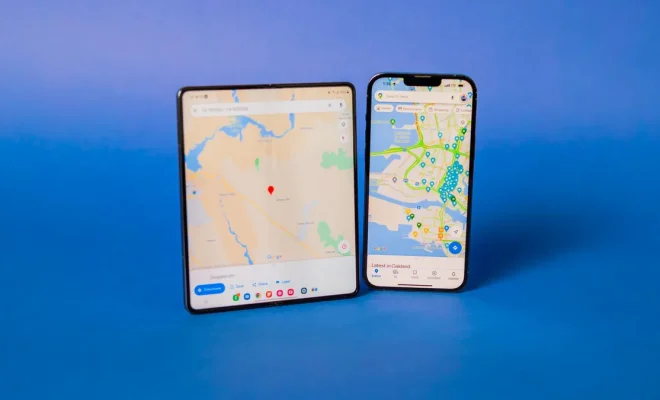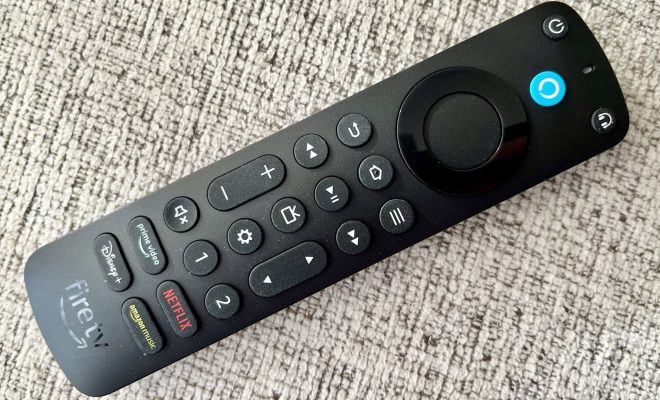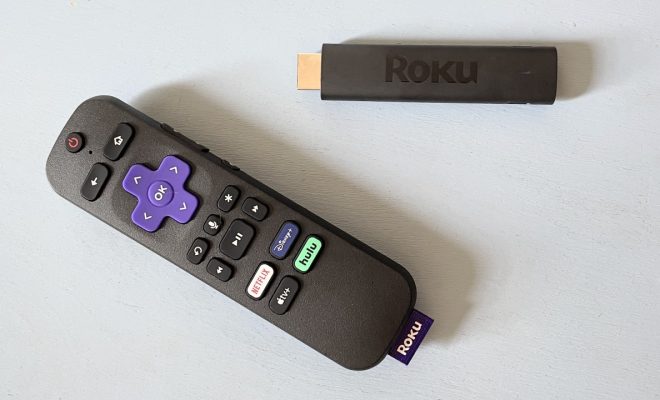Rollable Phones Are Exciting. But Don’t Expect to Buy One Anytime Soon

In recent years, we have witnessed remarkable technological advancements in the smartphone industry, and one innovation that has caught our attention is rollable phones. These futuristic devices have generated excitement among tech enthusiasts, and it’s clear to see why. However, despite their potential benefits, there are reasons not to expect rollable phones to hit the market anytime soon.
Rollable phones stand out for their unique designs and the possibility of being game-changers in the realm of portable devices. The idea of a phone that can expand its screen size when needed – without making it bigger – is a groundbreaking concept. It combines the convenience of a standard smartphone with the functionality and screen space offered by a tablet.
Several companies, such as OPPO and LG (before shutting down its mobile division), have presented prototypes showcasing their visions for rollable phones. In some cases, these designs allow for seamless transitions from a compact phone to a larger-screened device in mere seconds.
Despite this excitement, there are various obstacles hindering the mass production and availability of rollable phones:
1. Cost
Developing new technology is expensive, and rollable phones are no exception. The research, design, and materials required for such devices push up production costs significantly. If rollable phones were to launch today, they’d come with hefty price tags that most consumers would be unwilling or unable to afford.
2. Durability
A major concern surrounding rollable phones is their durability; any device with moving parts comes with an inherent risk of failure or damage over time. For a product category that needs frequent use and relies on flexibility, creating a truly robust rollable phone will be an uphill battle.
3. Market readiness
Consumers have only recently started to embrace foldable phones like Samsung’s Galaxy Z Fold series or Huawei’s Mate X devices. It will likely take more time for users to transition from traditional smartphone designs to accepting and ultimately adopting rollable phones.
4. Timescale
Considering the infancy of this technology, it will take years before developers iron out all the technical issues and refine rollable phone designs to make them truly marketable. Remember that foldable phones were in development for several years before becoming commercially available.
In conclusion, while rollable phones are an exciting prospect, don’t expect to see them on store shelves anytime soon. However, the concept itself remains groundbreaking, and it is only a matter of time until these innovative devices revolutionize the mobile landscape.






